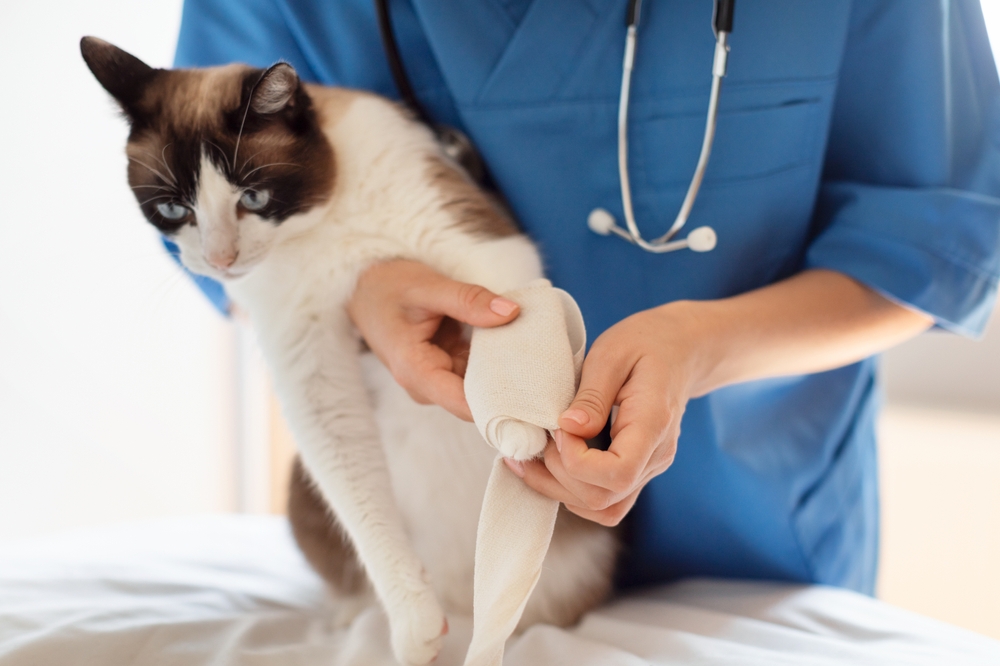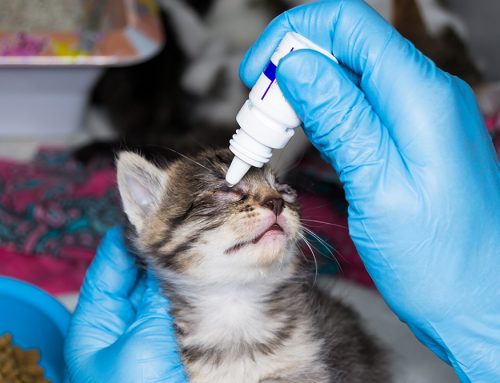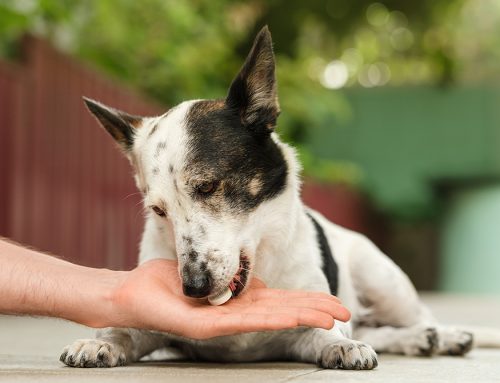Has your dog or cat suddenly started limping? Whether it’s due to an injury, illness, or unknown cause, limping can be concerning for any pet owner. But how do you know when a limping pet needs emergency care? At Mission Veterinary Clinic in Grenada Hills, CA, we frequently treat pets with mobility issues, and we’re here to help you determine when a limp warrants a trip to the vet.
Limping, or lameness, can range from a mild inconvenience to a sign of something more serious. Some cases can be monitored at home, but others need prompt veterinary attention. Knowing what to look for can make all the difference in ensuring your pet receives the right care at the right time.
Common Causes of Limping in Pets
Limping can be caused by a wide variety of issues, from minor injuries to more severe health problems. Here are some of the most common causes of limping in pets:
- Injuries: Sprains, strains, fractures, or dislocated joints are common reasons for limping. Pets, especially active dogs, may injure themselves while running, jumping, or playing.
- Arthritis: As pets age, they may develop arthritis, which causes inflammation and discomfort in the joints, leading to chronic limping.
- Paw Injuries: Cuts, foreign objects (like splinters), or infections in the paws can cause a pet to limp.
- Hip Dysplasia: Common in certain dog breeds, hip dysplasia is a condition where the hip joint doesn’t fit properly, leading to pain and limping.
- Luxating Patella: Some pets, particularly small dog breeds, may experience a dislocated kneecap, causing them to limp intermittently.
- Infections: Infections, such as Lyme disease, can cause inflammation in the joints and lead to lameness.
While some causes of limping are less urgent, others require immediate care.
When to Take a Limping Pet to the Emergency Vet
So, how can you tell if your pet’s limp is an emergency? If your pet is showing any of the following signs, it’s time to seek veterinary care right away:
- Sudden and Severe Limping
If your pet suddenly starts limping, especially after a fall or trauma, it could indicate a broken bone, dislocation, or severe sprain. These cases require prompt evaluation and treatment. - Not Putting Any Weight on the Limb
If your pet is completely avoiding putting weight on the affected leg, it may signal a more serious injury, such as a fracture or severe soft tissue damage. - Visible Swelling or Deformity
Any noticeable swelling, deformity, or unusual positioning of the limb may indicate a fracture or dislocation. Immediate medical attention is necessary to prevent further damage. - Signs of Pain or Distress
Pets in pain may vocalize, pant, or exhibit restlessness. If your pet seems uncomfortable, lethargic, or is yelping when the leg is touched, they may need emergency care. - Bleeding or Open Wounds
If your pet’s limp is accompanied by visible wounds or bleeding, especially from the paws, they could have sustained a cut or puncture that requires urgent treatment. - Inability to Move
In cases where your pet is unable to move or seems paralyzed, especially after an accident, seek emergency help immediately.
At Mission Veterinary Clinic, we’re equipped to handle all types of pet injuries, from minor limps to more serious conditions. Our goal is to provide expert, compassionate care to ensure your pet recovers quickly and comfortably.
How Limping is Diagnosed at Mission Veterinary Clinic
When you bring your limping pet to Mission Veterinary Clinic, our veterinary team will perform a thorough physical examination to assess the severity of the limp. Here’s what you can expect:
- Physical Examination: We’ll carefully palpate the affected limb and surrounding muscles and joints to identify the source of discomfort.
- X-rays: If we suspect a fracture, dislocation, or bone disease, we may take X-rays to get a clearer picture of what’s going on internally.
- Ultrasound or MRI: In some cases, advanced imaging techniques such as ultrasound or MRI may be needed to evaluate soft tissue injuries or joint conditions.
- Bloodwork: If an infection or underlying disease is suspected, we may recommend blood tests to rule out conditions like Lyme disease or autoimmune disorders.
Once a diagnosis is made, we’ll discuss treatment options tailored to your pet’s condition. Whether it’s rest and medication for a minor injury or surgery for a more severe issue, we’re here to provide the best care for your pet.
Treatment Options for Limping Pets

Depending on the cause and severity of your pet’s limp, treatment options may include:
- Rest and Anti-Inflammatory Medication: For mild injuries or arthritis, rest and medications like NSAIDs may be enough to reduce pain and inflammation.
- Surgery: More serious injuries, such as fractures or ligament tears, may require surgical intervention to repair the damage and restore mobility.
- Physical Therapy: After surgery or for chronic conditions like arthritis, physical therapy can help strengthen the affected muscles and improve your pet’s range of motion.
- Bandaging or Splinting: If your pet has a minor fracture or sprain, we may use bandages or splints to stabilize the limb while it heals.
We’ll work with you to create a treatment plan that fits your pet’s needs and keeps them comfortable during the recovery process.
Conclusion
Limping is a common issue in pets, but knowing when it’s an emergency can be tricky. If your pet is showing signs of severe pain, inability to walk, or has sustained an injury, don’t hesitate to bring them to Mission Veterinary Clinic in Grenada Hills for expert care.
Our veterinary team is dedicated to providing prompt, compassionate emergency services for pets in need. Whether it’s a simple sprain or a more serious injury, we’re here to help your pet get back on their feet.
For more information on pet injuries and emergency care, visit our services page.










Leave A Comment